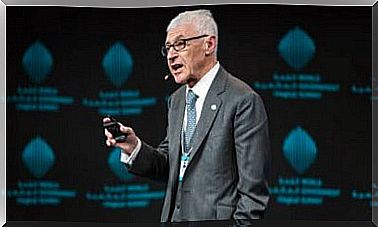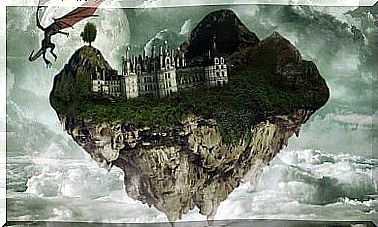Business Communication: Types And Characteristics

The labor society is made up of companies and entrepreneurs, freelancers, micro and small businesses, self-employed, multinationals, family businesses, etc. All form a conglomerate in which there is a basic and fundamental tool: business communication. Today we are going to describe their types and characteristics.
At the business level, in addition to the organization, good internal communication will help all parts of the company to work together to achieve a common goal. Externally, it is absolutely necessary and convenient to maintain correct business communication, as it is the one that will be used with organizations, customers, suppliers, etc. The success or failure of a business will depend on it.
The importance of business communication
Since this is something extremely important, let’s see exactly what business communication is. It is a set of procedures performed by the company to transmit and receive the information necessary for its correct operation.
The transmission of information will take place in two ways. One at an internal level, that is, between company members, managers, departments, employees, etc., and another at an external level, with all the external agents with whom we should have a relationship.
When there is good business communication at all levels, organizations function with excellence, as everyone involved will know how to act at all times. Thus, we eliminate doubts, increase safety, reduce errors, encourage motivation and interaction… Therefore, productivity improves and we solve problems to everyone’s satisfaction.

Types of business communication
Just as not all organizations are identical and don’t have the same needs, they don’t use the same forms or channels of communication. There are different types, just as there are different entrepreneurs and companies.
internal and external
It’s the base and that’s why we’ve mentioned it before. Internal communication is one that takes place between all members of the company and the different departments.
On the other hand, the external is the one that occurs with all agents external to the company, financial entities, customers, suppliers, public organizations, etc.
Ascending, descending and horizontal direction
In this case, it will be necessary to check the situation of the existing hierarchy between sender and receiver. In the case of the ascendant, the sender will be an employee and the receiver a superior, as the message goes vertically from the bottom to the top, taking into account the hierarchical order.
When the opposite occurs, that is, when the superior communicates with the employee, the communication is downward, as it goes vertically from top to bottom.
The last case is different, it is the one that occurs between people who occupy the same order within the organization; for this reason, this communication is called horizontal.
One-way and two-way
Bidirectional is the most common and the most used. In it, at least two subjects are involved, the sender and the receiver, and both interact in the exchange of communication.
On the other hand, when a superior gives an order, only the sender acts, as there is no exchange between them, which is why it is called monodirectional communication.
formal and informal
The last type is also very common and depends on who interacts. Communication is formal when it takes place externally with agents outside the company, especially official bodies, financial entities and external services. In such cases, a more serious, respectful, legal, technical, etc. type of communication is generally used.
On the other hand, when communication takes place between colleagues from the same company, it is generally more colloquial and direct, since it is a more familiar environment. Thus, internally, the rules of the protocol tend to be more relaxed.

Characteristics of business communication
The characteristics that define business communication are perfectly definable and are based on its correct use and desired goals. Therefore, they will be established based on what is intended to be achieved in the organization.
However, there are goals that must always be present, which are somehow cross-cutting and context-independent. One is that the communication must be clear enough for the recipient to understand. In fact, if this does not happen, communication loses all its meaning.
Finally, it is noteworthy that the good emission and reception of the message always minimizes the misunderstandings that a poorly managed environment can end up creating in a company.









